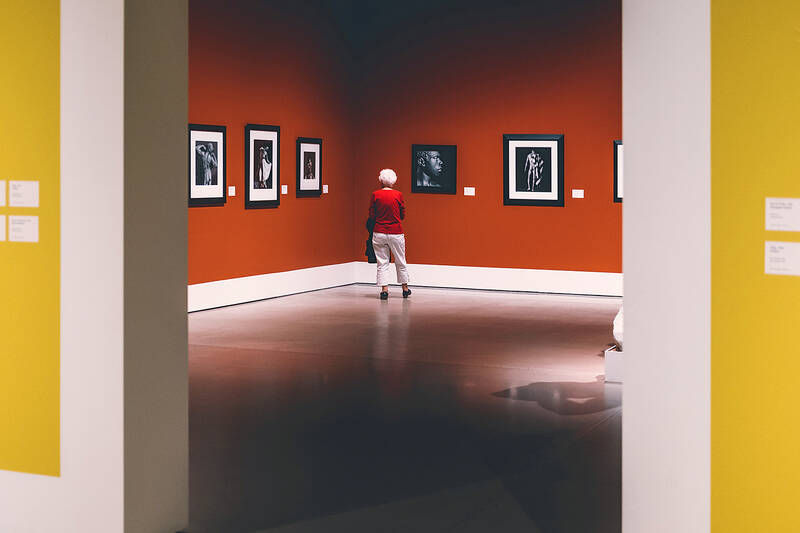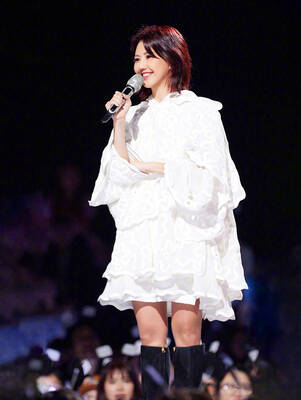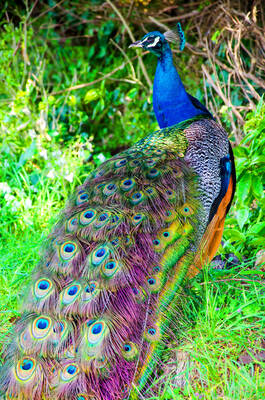Have you ever wondered who decides what we see in a museum or how one artwork seamlessly connects to the next? Behind every thoughtfully arranged gallery space stands a curator, a skilled professional who combines art and storytelling to craft meaningful experiences.
The term “curator” originates from the Latin word cura, meaning “to care.” Curators were originally caretakers of museum collections, but over time, their role has grown to include a broad range of responsibilities that extend far beyond preservation. Today, curators manage, organize and interpret collections in cultural institutions like museums and libraries. They research, acquire and catalogue items, while also planning exhibitions that emphasize particular themes, artists or historical periods. In their work, curators collaborate closely with conservators, educators, and designers to create displays that are both engaging and informative, enhancing the public’s appreciation of each collection.
Curators often specialize in fields such as art, science or history, each requiring distinct expertise. An art curator, for instance, might focus on assembling works for a modern art exhibition, while a science curator might arrange natural specimens to educate and inspire viewers.

Photo: Pixabay 照片:Pixabay
The role of a curator is fulfilling but challenging. The field is highly competitive, with limited positions available, especially in smaller institutions or for specific types of collections. Financial constraints are another hurdle, as the nonprofit sector often offers lower salaries, which can be particularly challenging for those just starting their careers.
Looking ahead, curatorship is evolving alongside technology. Artificial intelligence and virtual reality are opening new doors for exhibition design, while social media is transforming how art reaches audiences. Yet, the essential skills of critical thinking, cultural awareness and artistic insight remain at the heart of this role. The next time you visit a museum or gallery, take a moment to appreciate the curator’s vision that makes each exhibit come alive.
你是否曾好奇是誰決定了我們在博物館中看到什麼展品,或是如何讓一件藝術品與下一件完美銜接?在每個精心安排的展覽空間背後,都有一位策展人,一位結合藝術與敘事的專業人士,用心打造出有意義的體驗。
「策展人」一詞源於拉丁語的「cura」,意指「照顧」。最初策展人是博物館收藏品的看管人,但隨著時間推移,他們的職責已擴展到超出保存的範疇。如今,策展人在博物館和圖書館等文化機構中管理、組織和詮釋館藏。他們進行研究、採購藏品並編目,同時規劃展覽,突顯特定主題、藝術家或歷史時期。在工作中,策展人與修復師、教育工作者和設計師密切合作,創造既吸引人且資訊豐富的展覽,提升大眾對每件收藏品的欣賞。
策展人通常專精於藝術、科學或歷史等領域,每個領域都需要不同的專業知識。舉例來說,藝術策展人可能會專注於為現代藝術展覽蒐集作品,而科學策展人則可能安排自然標本來教育並啟發觀眾。
策展人的工作令人滿足但也充滿挑戰。這個領域競爭激烈,職缺有限,特別是在規模較小的機構或針對特定類型的館藏。財務限制也是另一個難題,因為非營利部門的薪資往往較低,這對於剛入行的策展人來說尤其困難。
展望未來,策展工作正在隨著科技而演進。人工智慧和虛擬實境正在為展覽設計開啟新的大門,而社群媒體則正在改變藝術觸及觀眾的方式。然而,批判性思維、文化意識與藝術洞察力這些核心技能,仍是策展工作的重要基石。下次造訪博物館或畫廊時,不妨花點時間欣賞策展人讓每個展品鮮活起來的願景。
MORE INFORMATION
curator n. 策展人
seamlessly adv. 無縫地;連續地
originate v. 起源
hurdle n. 難題;困難
KEY VOCABULARY
1. gallery n. 畫廊;(藝術)展覽館
The art gallery was full of people who were interested in seeing the new paintings.
這間美術館擠滿了對觀賞新畫作有興趣的人們。
2. professional n. 專業人士
Sophia is a medical professional and has saved many lives during her career.
蘇菲亞是一位醫療專業人士,在她的職業生涯中拯救了許多人的生命。
3. craft vt.(運用技巧)製作
This jewelry was crafted by hand by a very skilled person. 這件珠寶是由一位技藝精湛的人手工製作的。
4. collaborate vi. 合作
The two film companies will collaborate to create a much anticipated movie adaptation of a popular book.
這兩間電影公司將合作製作一部備受期待的暢銷書改編電影。
5. appreciation n. 欣賞;感激
A true appreciation of art requires careful observation. 真正的藝術欣賞需要仔細觀察。
6. assemble v. 聚集;收集;組裝
A crowd assembled outside the restaurant as word spread that the movie star was dining inside.
當有消息說那位電影明星在那間餐廳裡用餐時,一群人聚集在餐廳外。
7. specimen n. 樣本;標本
The museum has a collection of rare insect specimens. 博物館收藏了許多稀有昆蟲標本。
8. constraint n. 限制;約束
The main constraint of repairing the machine is the high cost.
維修這機器的主要限制是費用很貴。
9. exhibit n. 展品;陳列品
The science fair was full of impressive exhibits.
科學展覽會上充滿了令人印象深刻的展品。
學習音檔: https://magazine.english4u.net/Magdata/menu/styg0
《空中美語》雜誌APP免費下載: https://www.english4u.net/apps/index.aspx
免費收聽當月《空中美語》雜誌課文朗讀及解析 !
文章由AMC空中美語授權使用: https://www.english4u.net

A: Apart from US singer Camila Cabello, Singaporean pop diva Sun Yanzi has two concerts scheduled at the K-Arena this weekend. B: Having debuted in 2000, Sun is now touring again to celebrate her career that has spanned over a quarter century. A: I like all of her 13 albums, but she hasn’t released one since A Dancing van Gogh in 2017. B: I hear that her shows will feature videos made by generative AI that will look back on her albums. A: Really? That’s awesome. Her music can always bring back fans’ great memories. A: 除了美國歌手卡蜜拉,新加坡歌后孫燕姿本週末將在高雄巨蛋嗨唱2場。 B: 哇2000年出道的孫燕姿,終於再度展開世界巡演慶祝出道25年! A: 她出的13張專輯我全都很喜歡,但自從2017年《No. 13作品––跳舞的梵谷》她就沒再出過專輯了。 B: 聽說演唱會還有生成式AI影片,回顧過去所有專輯的精彩片段。 A:

The third-hottest July worldwide ended a string of record-breaking temperatures last month, but many regions were still devastated by extreme weather amplified by global warming, the European climate monitoring service said Thursday last week. Heavy rains flooded Pakistan and northern China; Canada, Scotland and Greece struggled to tame wildfires intensified by persistent drought; and many nations in Asia and Scandinavia recorded new average highs for the month. “Two years after the hottest July on record, the recent streak of global temperature records is over,” Carlo Buontempo, director of the EU’s Copernicus Climate Change Service, said in a statement. “But that

A: Wow, Taiwanese pop band Sodagreen just held two concerts in Kaohsiung to mark the 20th anniversary of their debut. B: I’m glad they’re continuing to perform, even after taking several long breaks. A: Canadian singer Elijah Woods also staged a show in New Taipei on Tuesday, followed by US singer Camila Cabello, who is set to rock Kaohsiung tonight. B: I love Camila’s global hit Havana. It was the best-selling digital single of 2018, according to the International Federation of the Phonographic Industry (IFPI). A: The singer with Cuban-Mexican heritage was born in Havana, and her music has been influenced by her roots. A:

Peacocks are among the most beautiful birds in the world. Their bright feathers and graceful movements have fascinated humans for centuries. These magnificent creatures belong to the pheasant family and are found in regions across Asia and Africa. Let’s explore peacocks’ unique characteristics and cultural significance. There are three main species of peacock: the well-known Indian peafowl, native to South Asia; the endangered green peafowl from Southeast Asia; and the rare Congo peafowl, found in African rainforests. Although the term “peacock” technically refers only to males, many people use it for both sexes. Male peacocks display their colorful tail feathers, which